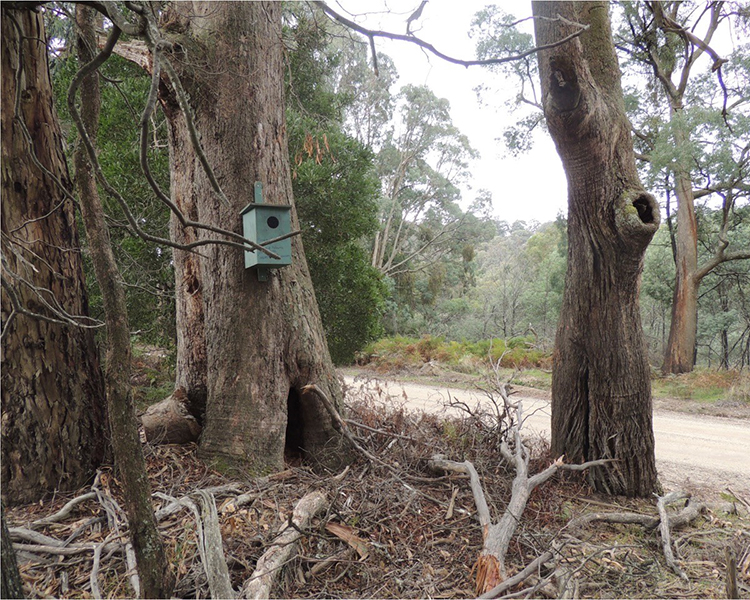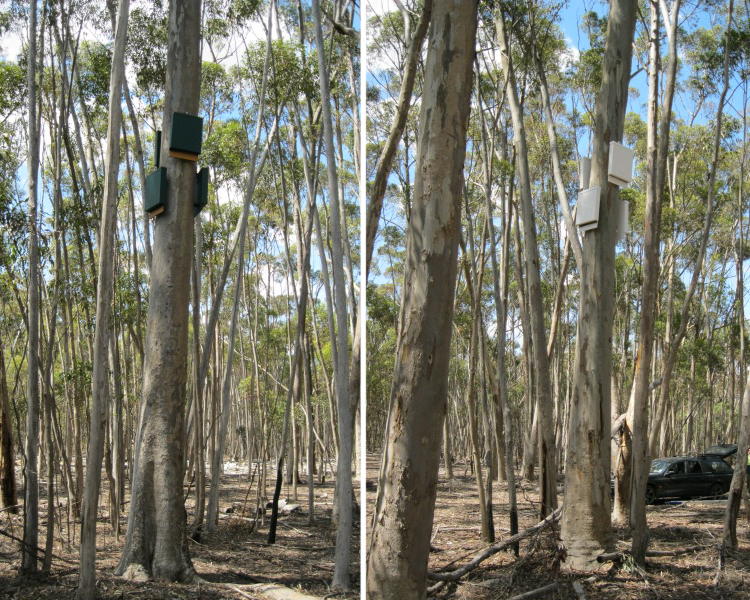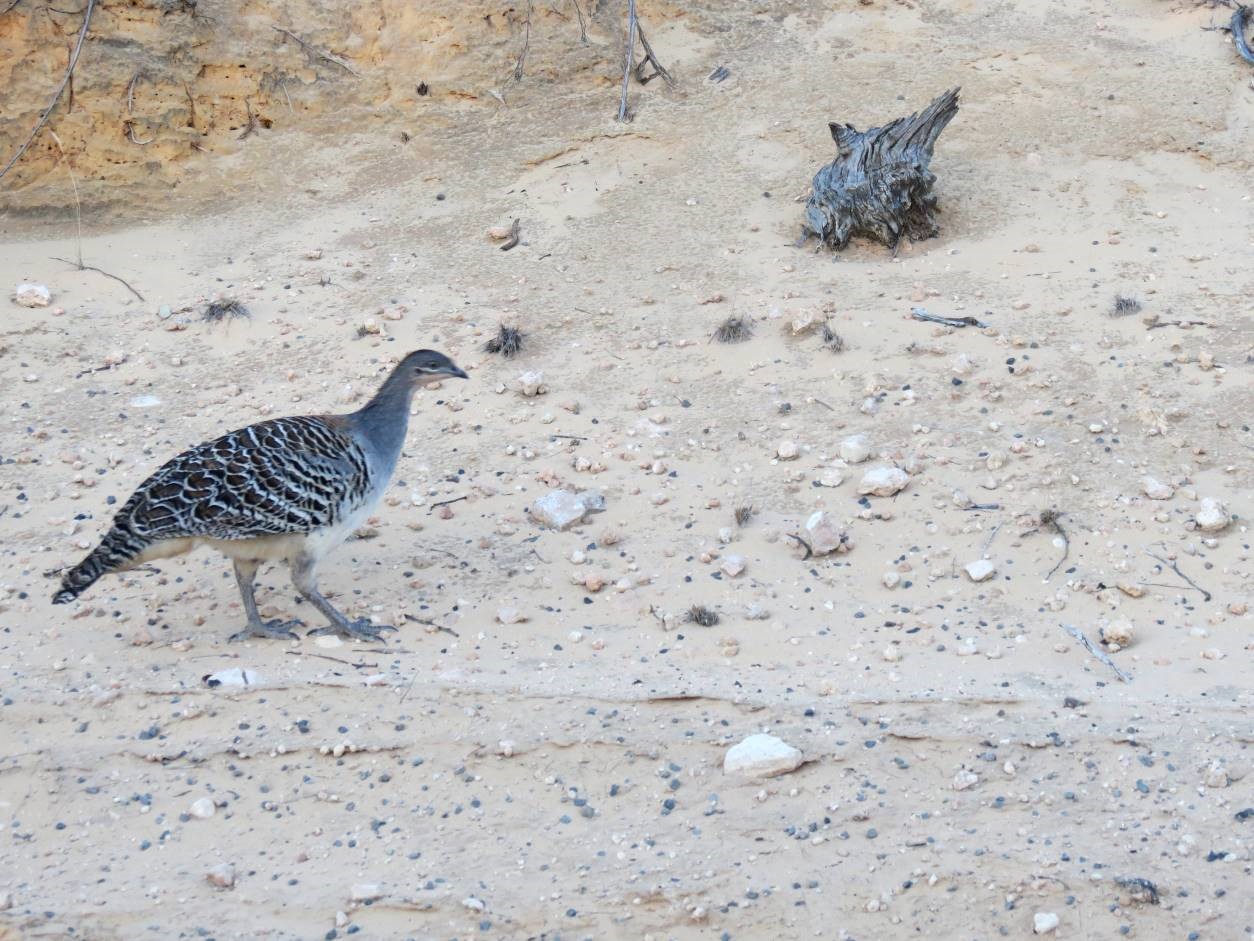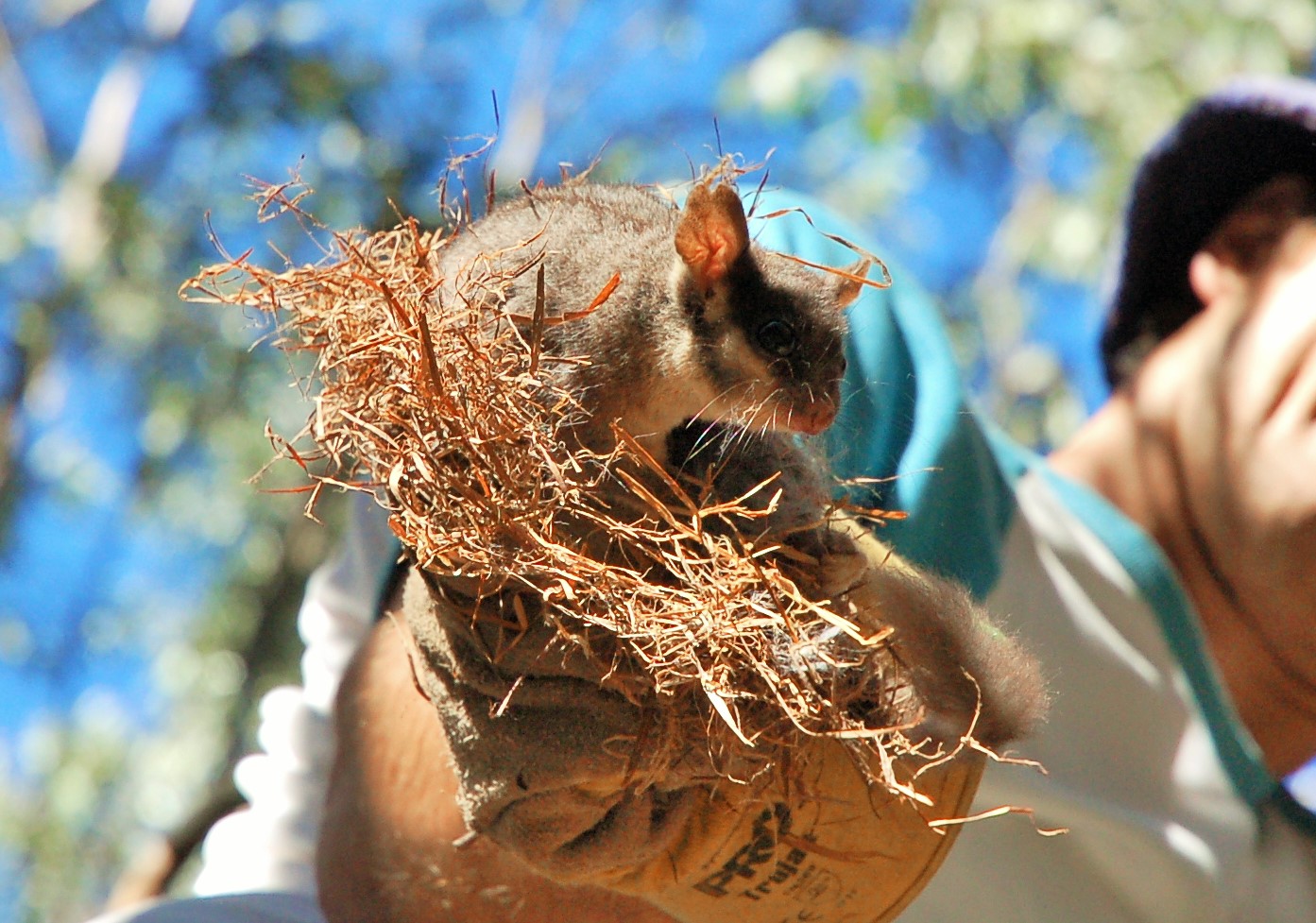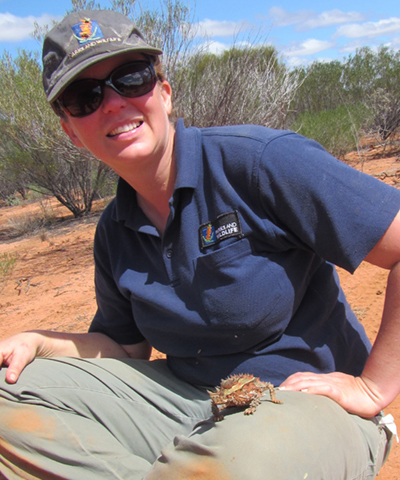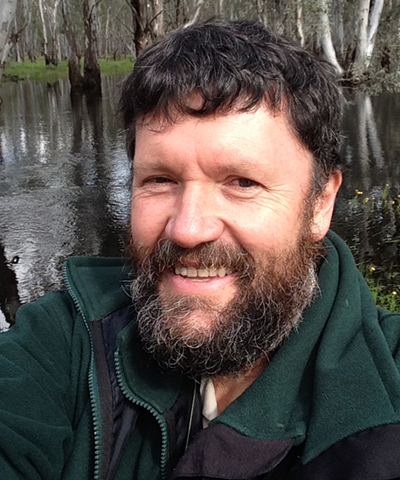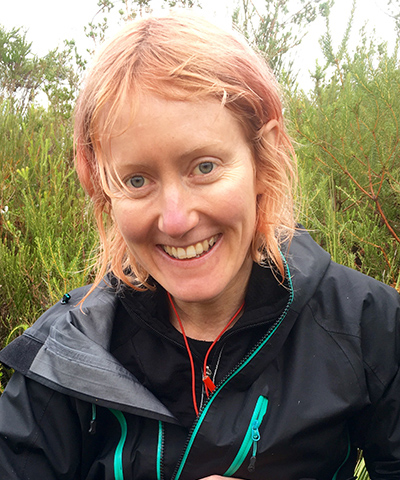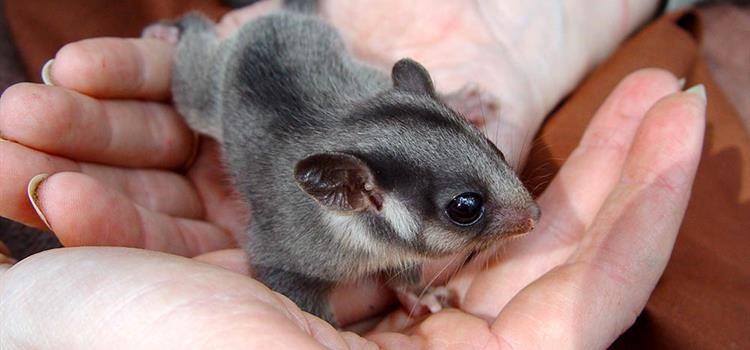
Project: 3.3
Practical adaptive management to improve threatened species conservation programs
Project Leaders: David Lindenmayer , Sarah Legge , Cindy Hauser
The conservation problem
Adaptive management is a widely supported framework for conducting environmental management in the face of uncertainty. Challenges persist in putting this approach into practice, particularly in the case of conserving threatened species. Many threatened species recovery efforts fail because appropriate management actions are either not implemented, the outcomes of that management are inadequately monitored, or management is poorly informed and not as effective as it should be.
How this research is addressing the problem
This project will develop general guidelines and specific practical case studies that demonstrate how adaptive management techniques can be integrated into (and then significantly improve) conservation management.
The general guidelines will collate existing knowledge and experience in this field, and create a set of generic practical principles for implementing best practice adaptive management experiments.
Case studies include:
- management trials to improve habitat quality for the Critically Endangered Leadbeater’s possum;
- a multi-site experiment to improve effective predator control for the Vulnerable malleefowl;
- examination of the impacts of fire and logging practices on long-term population trends for greater gliders; and
- engineering solutions to mitigate the impacts of barriers to fish passage.
The case studies will showcase the value of adopting an adaptive management approach to threatened species management across and range of species and threats. These will provide a practical model for more widespread adoption in an array of threatened species recovery programs across various ecosystems Australia-wide.
What we aim to collectively achieve through the research
The overarching aim is to significantly improve threatened species outcomes by improving the quality and level of learning from adaptive management.
Outcomes will include:
- Overviews of adaptive management principles and practices for improved threatened species conservation and management
- Significantly improved management of threatened species through the more rigorous application and monitoring of targeted management interventions
- A selection of quantitative modelling tools that support adaptive management in conservation activities
- Stronger partnerships between federal and state managing agencies, environmental NGOs, Indigenous and other community groups and researchers concerned with the conservation of the case study species.
This project involves the following subprojects:
Project 3.3.2 Adaptive Management for threatened mammals in the Victorian Central Highlands
Project 3.3.4 The conservation of Greater Glider populations in the Victorian Central Highlands
Project 3.3.5 Recovering malleefowl with adaptive management of feral predators
Project 3.3.6 Adaptive reintroduction strategies for the northern corroboree frog
Project 3.3.7 Mitigating and managing barriers to fish passage and improving river connectivity
Read more:
More data to tackle threats to malleefowl
What do Leadbeater's possums get up to at night?
Monitoring malleefowl on a massive scale
Image: Leadbeater's Possum by D Harley/Flickr (CC BY-NC-ND 2.0)
